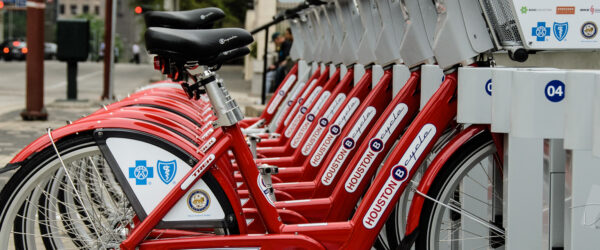 I started using SmugMug in 2007 to share my photos with my friends and family. Back then the options were Shutterfly, Flickr, and Smugmug. Shutterfly and Flickr were discarded for 2 big reasons:
I started using SmugMug in 2007 to share my photos with my friends and family. Back then the options were Shutterfly, Flickr, and Smugmug. Shutterfly and Flickr were discarded for 2 big reasons:
1. Shutterfly and Flickr required an account for the photos to be viewed. I chose Smugmug because I could send a link to my family, and they could click on it and see my photos without the hassle of creating an account. Getting my parents to just click a link was a hurdle. Creating an account would have been a barrier they would not have overcome. $35 dollars a year was not a big deal to make my stuff easily accessible.
2. Shutterfly and Flickr looked ugly! SmugMug looked awesome, and had so many customization options. Spending a little money to make my stuff look great online was a no-brainer.
As my photography career grew from a hobby to a business, I was able to grow with SmugMug going from the entry level plan, adding a custom domain, and upgrading to the Pro level plan. My business was built around my SmugMug site: www.deezunkerphotography.com. SmugMug’s SEO and customization continued to be top notch compared to the competition.
With SmugMug as my main site, there have always been a few gaps for my business. There have been workarounds, but these issues remain today:
- No blogging capability,
- Inability to self full-fill orders,
- Inability to specify terms for the digital downloads,
- Difficulty in full-filling non-standard crops for fine art images, and
- No way to track who downloaded your photos via your download links.
I was able to work around many of these issues. For blogging I started a blog. subdomain on Blogger, and was able to closely match my customized SmugMug site for a seamless experience. Blogging definitely helped my search ranking. For self full-fillment, I used custom java script with PayPal to create my own shopping cart. This was really needed for my high volume team sports photos. For the non-standard fine art prints, I turned to selling photos through Fine Art America for $35 per year. I was simply out of luck for the digital download terms and tracking the download links. Zenfolio handled the licensing terms better than SmugMug, and had blogging, but that was not enough to make me switch.
Then in 2014, things started to really change which caused issues with my workarounds:
- SmugMug made their big website design changes,
- I became a Google Trusted Photographer, and
- Blogger support from Google began to look sketchy.
SmugMug no longer allowed java script or iframes on their site, and this was a major set back for my highly customized SmugMug site. I had to completely redo my website within the new SM structure. I found a very messy workaround for self full-fillment within the new SmugMug via Sherlock Photography SmugMug Customizations. This worked, but was not ideal.
Without iframe support, I could not display my 360 virtual tours that I created as a Google Trusted Photographer, so I created a another Blogger site with subdomain to handle just my 360 work. I was still able to get my 2 Blogger sites to match the design SmugMug site, but Blogger was starting to get a little flaky. The responsive themes were not being supported anymore. I had a customized responsive Blogger theme, and I was really feeling vulnerable after SmugMug’s change. I was also maintaining 3 different sites.
So in 2015, I decided to consolidate everything into a WordPress site. I setup my WordPress site to use my main domain, moved content from my blog. and 360. subdomains to the main site, changed the SmugMug site to a photos. subdomain, set up 301 redirects to manage the SEO, and began researching a WordPress solution for my SmugMug functionality. My search ranking improved over the next year. While I wanted everything on a single WordPress site, replicating the user experience of SmugMug on a WordPress site was not an easy task. So I was happy with this hybrid arrangement until 2016 when a few more things changed which pushed me to a WordPress only site which I cover in another post.
So why is SmugMug not enough for a professional photographer?
- You need to blog with the same domain as your main website. Google does look at subdomains as separate sites. Words rank with Google and Bing, not images. SmugMug is greatly lacking here. You can have a hybrid site, with your galleries on a subdomain with SmugMug, and your main blogging site on WordPress, but you are splitting your time on site between WordPress and SmugMug. I found most of the time was on SmugMug with a hybrid site which means I am losing SEO potential with a hybrid set up. Embedding SmugMug galleries on your site is also a problem which I cover in another post.
- You cannot self full-fill orders on SmugMug. You need to be able to do this especially for signed fine art prints, or in selling packages such as high volume sales.
- You lack control with a SmugMug site. There are so many more things I can do with a WordPress site such as:
- Managing Not Found 401’s links by creating a 301 redirect if necessary.
- Preventing hot-linking of my images by other websites
- Tracking downloads and delivery to customers, and
- Creating online contracts for my clients.
I am still in the process of breaking up with SmugMug. Breaking up is really hard to do.



